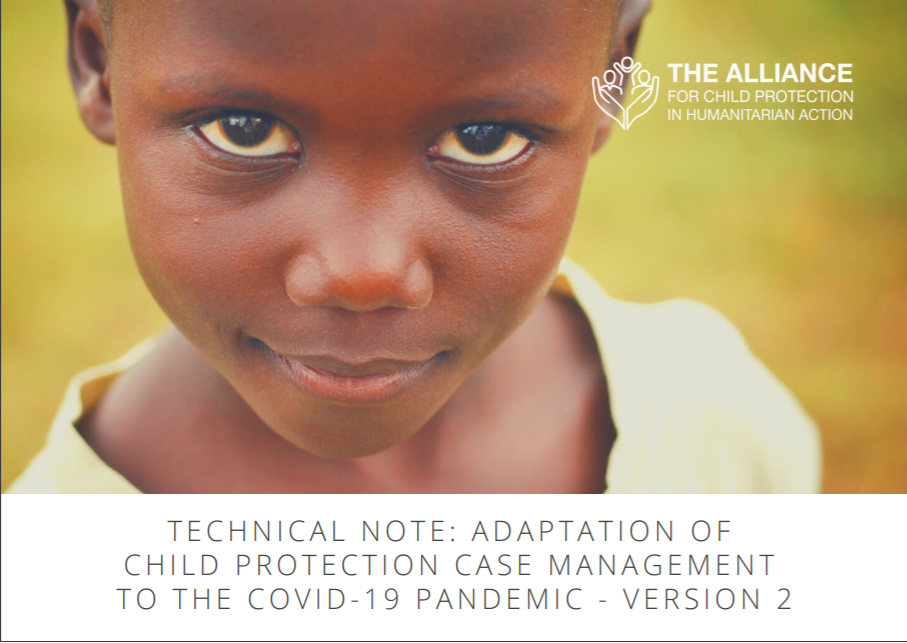ILO Generic Crisis Response Modules

Provides technical and operational information to promote effective response in four types of crisis situations: natural disasters, financial and economic downturns, armed conflicts and social and political transitions. Outlines the characteristics, causes and societal impact of each type of crisis and describes the ILO response in relation to pre-crisis preparedness and mitigation and response at the time of crisis and in the short and long-term. Focuses on the employment and decent work dimensions of crisis response.
Country
Worldwide
Region
Worldwide
Year
2002






